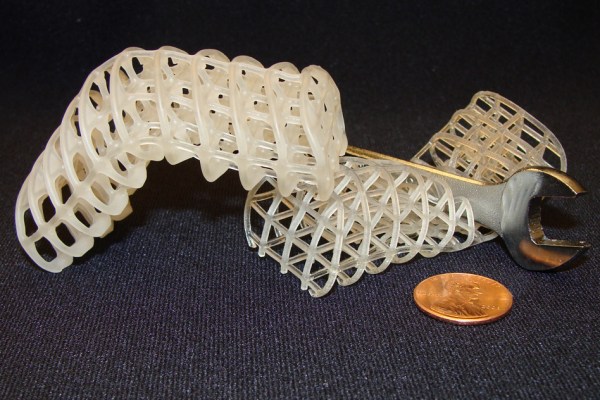Robots of the near future could resemble T-1000, rather than the early Arnold Schwarzenegger T-800 Model 101: A team at MIT has developed a phase-changing material built out of the decidedly unsexy components of wax and foam that can switch between hard and soft material states at will. Even low-cost robots could employ this material, too, so shape-changing could make its way into future robot vacuums as well as future robot assassins.
The material is the work of mechanical engineering and applied mathematics professor Anette Hosoi, working with a team including her former graduate student Nadia Cheng and other researchers. It’s possibilities include use in the creation of invasive medical robots that can deform and change shape in order to navigate internal organs, vessels and intestinal pathways to perform delicate surgery. It could also eke its way through collapsed structures to locate survivors and help with search and rescue efforts, according to MIT news.
Credit: Melanie Golnick, MIT News; additional video clips courtesy of Nadia Cheng.
The project is being developed with Boston Dynamics, the MA-based robotics company acquired by Google late last year. It was a project originally designed to contribute to the DARPA-sponsored Chemical Robots program that aimed to develop bots with octopus-like abilities to squeeze into small spaces. The engineering challenge was in making a material that could both do that, and also exert pressure on objects with enough force to move or impact them. This required being able to switch between soft and hard states.
To manage that trick, the robots using this material heat the wax in their structure to make it malleable, with current run through an embedded wire. This has the side benefit of also repairing any damage sustained to the structure while it’s in its hard state. Just like T-1000, the robots can then potentially recover from surface or even deeper damage.
It’s not quite liquid metal, but the researches behind the project do suggest that the wax could be replaced by a stronger substance like solder in future versions. T-1000 is basically a stone’s throw away.
